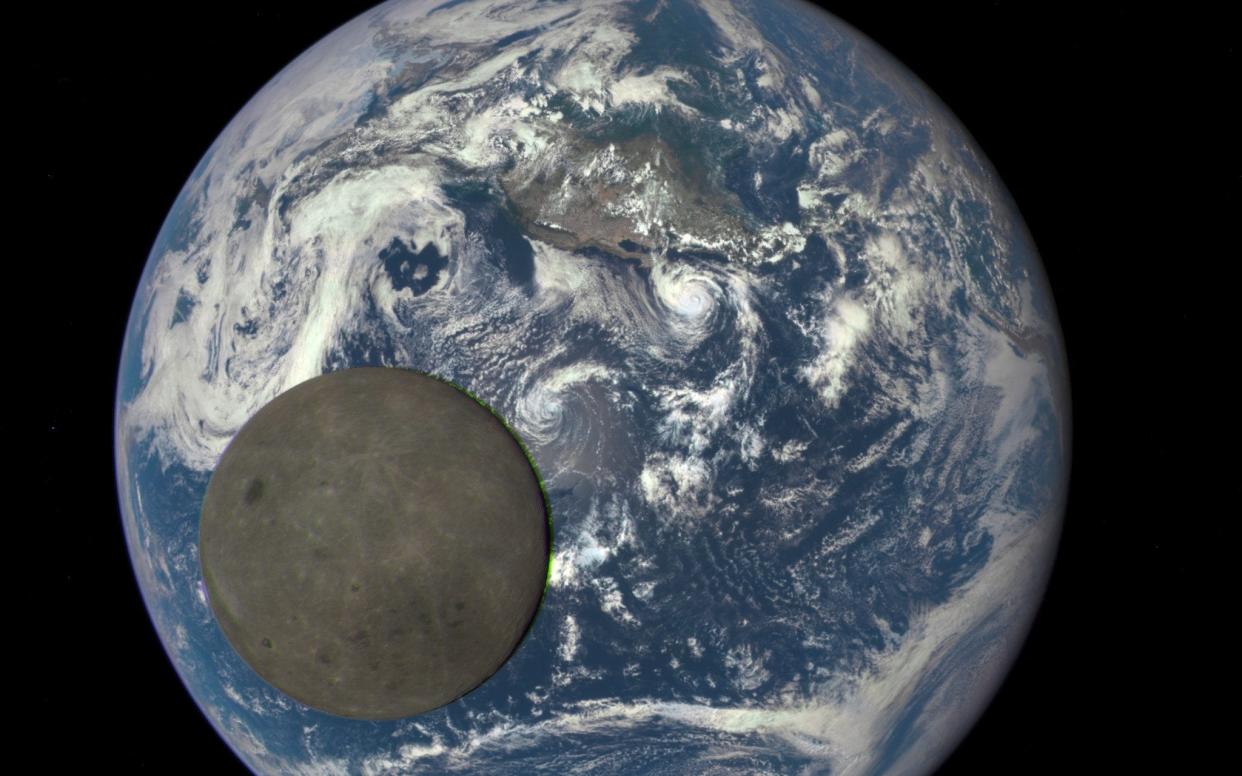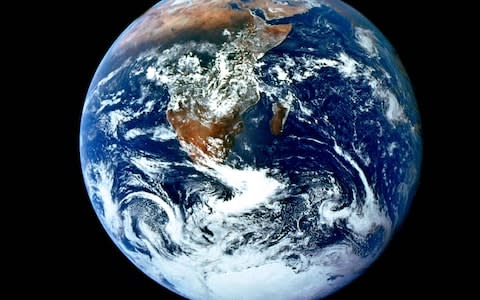How the Moon's movements could give us Earthlings a 25-hour day

Many of us feel as if there are not quite enough hours in a day – but according to scientists, this could change in the future.
Researchers have found that the effect of the Moon moving away from Earth causes our planet to spin more slowly, lengthening the day.
A new study, published today in Proceedings of the National Academy of Sciences, shows that 1.4 billion years ago, a day on Earth lasted just over 18 hours. This is at least in part because the moon was closer and changed the way Earth spun around its axis.
The moon is currently moving away from Earth at a rate of 3.82cm a year, which could mean in around 200 million years’ time, each day will be 25 hours long.
Stephen Meyers, a professor of geoscience at the University of Wisconsin-Madison and co-author of the study, explained: “As the Moon moves away, the Earth is like a spinning figure skater who slows down as they stretch their arms out.”
This is because Earth’s movement is at least in part determined by the bodies around it, such as other planets and the Moon, which exert force on it.
How our days on Earth are getting longer
Changes in this force can effect changes in the orbit Earth traces around the Sun as well as its rotation around and wobble on its axis.
These variations, called Milankovich cycles, determine where sunlight is distributed on Earth, and so decide the planet’s climate rhythms.
These rhythms can be detected in the rock record, spanning hundreds of millions of years.
Over billions of years, time has changed significantly on Earth, because the Solar System has many moving parts, including the other planets orbiting the Sun.
Changes in the rock record can show changes in Earth’s rotation and allow scientists to map how it moved over time.
However, going back billions of years has previously proven difficult as most scientific methods do not give the precision needed for such a leap back in time.

This groundbreaking new study used astrochronology, a statistical method that links astronomical theory with geological observation, to discover ancient climate change and reconstruct the history of the Solar System while looking back on Earth’s geologic past.
“One of our ambitions was to use astrochronology to tell time in the most distant past, to develop very ancient geological time scales,” Dr Meyers said.
“We want to be able to study rocks that are billions of years old in a way that is comparable to how we study modern geologic processes.”
Alberto Malinverno, Lamont research professor at Columbia, joined the project after hearing Dr Meyers
speaking about his work at a conference. The two combined a statistical method that Meyers developed in 2015 to deal with uncertainty across time, called TimeOpt, with astronomical theory, geologic data and a sophisticated statistical approach called Bayesian inversion.
This combination of methods allowed the pair to reliably assess the direction of the axis of rotation of Earth, and the shape of its orbit, from testing layers of rock in the 1.4 billion-year-old Xiamaling Formation from Northern China and a 55 million-year-old record from Walvis Ridge, in the southern Atlantic Ocean.
From this, they could determine the length of day and the distance between Earth and the Moon.
Dr Malinverno explained: “In the future, we want to expand the work into different intervals of geologic time.”

